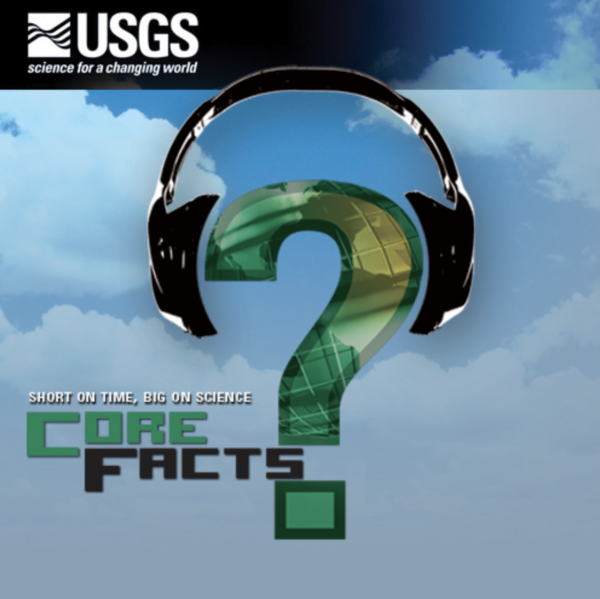A presentation on "Unusual Sources of Tsunamis From Krakatoa to Monterey Bay" by Eric Geist, USGS Research Geophysicist
- Not all tsunamis are generated by earthquakes.
- Tsunamis can be caused by volcanoes, landslides, and even atmospheric disturbances
- Data from tide gauges can help unravel the complex physics of these sources

















